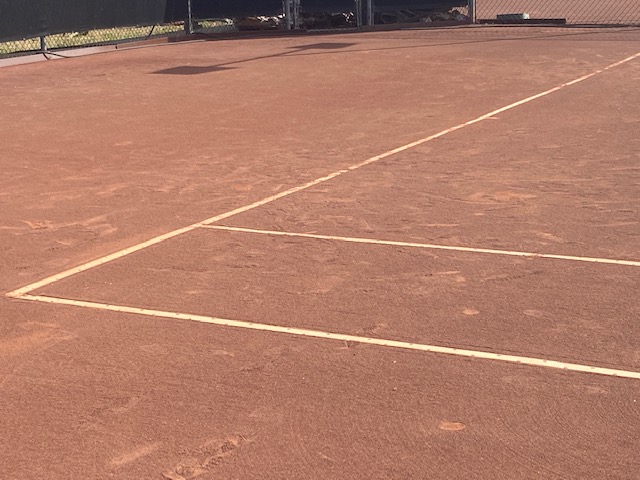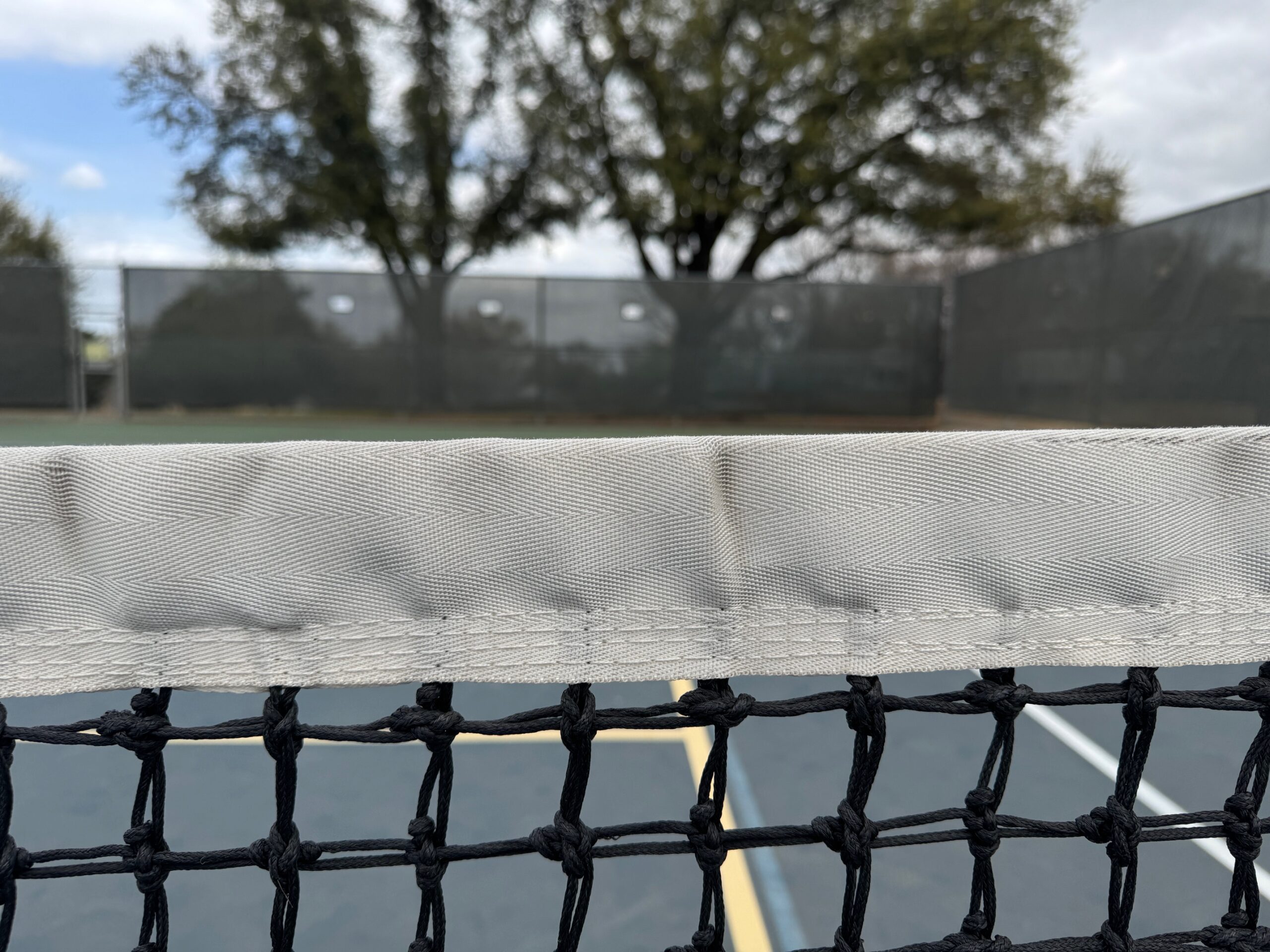Tennis News You Can Use
The USTA sent an email to all playing members on March 5. That message contained an important update on the status of the deployment of the new digital platform, Serve Tennis. An identical news story was simultaneously released to the USTA web site. In typical USTA fashion, the subject line of “Competitive Pathway,” as well as leading off with some “rah-rah” news of PAC report tennis participation data, buries the lead. Additionally, the message any conveyed optimistic statements about how awesome the new competitive pathway is going to be for tennis players before getting to the crux of the issue.
The important part of that message was a statement on exactly what is going on with the national rollout of Serve Tennis for tournaments. From a strict user perspective, the deployment has been dreadfully poor.
It occurs to me that League exclusive players might have no idea that a new digital platform was unveiled this year. The executive summary is that TennisLink is being phased out and replaced with this new digital platform. Tournaments were supposed to be first out of the gate in 2021. Leagues were slated to switch over in 2022.
To give a taste of the fun players have experienced with the new system, one challenge has been that there is no way to specify a player’s doubles partner when entering a tournament. That fact was reported by players in Texas in conjunction with tournaments registrations in January. Just last week an email to prospective players of the Level 2 “Wilson World Classic” in California confirmed that the issue still exists. That is… kind of a glaring oversight.
This is what the USTA had to say about the transition to the new digital platform.
However, as we introduced the new platform, the resulting functionality was not ready. We were not fully prepared for the challenges with the historical data housed in TennisLink, and that has led to complexities in the transfer and migration of information and data from the various events, formats, and regions into one centralized system. A number of issues resulted, and we recognize that this has adversely affected players, tournament directors and providers throughout the country.
USTA Update on the Competitive Pathway
This is exactly the kind of open and honest statement that the USTA owes its members who have suffered through this botched transition. It pretty much confirms what has been obvious from the outside looking in: Serve Tennis is a long way from being ready. The narrative from the Texas Section office since the first of the year has consistently been that the new system is “almost ready.” This new email from USTA National signals that the delusion of a quick fix has ended.
The emailed message from the USTA also indicated that there is a “significant shift in strategy” for the delivery tennis via of the competitive pathway. One aspect of this is the sanctioned use of multiple platforms to run tournament events. On the down low, several tournaments have reached an impasse in Serve Tennis and the USTA had transferred those tournaments over to TennisLink. The new strategy seems to restore TennisLink as a primary option for tournament administration. I anticipate that most tournament directors will opt for TennisLink at this point. The word “stampede” springs to mind.
One sentence from the USTA statement quoted above is particularly illuminating and bears repeating.
We were not fully prepared for the challenges with the historical data housed in TennisLink, and that has led to complexities in the transfer and migration of information and data from the various events, formats, and regions into one centralized system.
USTA Update on the Competitive Pathway
Any competent systems analyst will recognize that that sentence is referring to issues with the data architecture. I would have sworn that I previously wrote about data architecture as the fundamental issue with TennisLink, but apparently I only alluded to it. Now is the time to speak more directly on the topic.
At the core of the Digital Platform transformation of the USTA, it has to be recognized that the foundation of the effort is the creation of a new data architecture. How apps and software interface with that data system to deliver content to users and event providers can only work when the implementation of the data is solid and stable. If the USTA platform development plans did not include data architecture as the central part of the effort, which it appears it did not, well… to quote Adam Savage of Mythbuster’s fame, “There’s yer problem.”
Data Architecture is how information is the design of how data stored in a system. It also includes the relationships between various components of the data. Data Architecture is the foundation on which applications are built.
The reason that TennisLink was a clunky digital platform for the USTA is because the underlying Data Architecture was not originally developed for tennis tournaments or leagues. TennisLink was an adaptation of of a system originally created by Active.com to register participants into “fun runs.” When players talk about issues with the TennisLink interface, those issues frequently were the result of TennisLink essentially being a “kludge” built on top of the Active platform.
When it was announced that the USTA was working on a digital platform to replace TennisLink, I assumed that the initiative was based in an understanding that a robust data architecture was required to achieve that objective. The revelation and wording around the fact that “complexities in the transfer and migration of information and data” is perhaps a pretty good indicator that it wasn’t.
The first thing the USTA should do is a comprehensive top down review of the data architecture planned for the new system. In order to build a best in class digital platform, it would be best to start with a clean sheet and come up with a completely new data architecture that supports the objectives of the organization. It has to be recognized that the legacy data architecture was pretty poor and should not influence the new design.
At the same time is also important to have a clear understanding of the design and organization of legacy systems. It would not surprise me to learn that there is little to no documentation on the existing data architectures of the various USTA digital systems. Additionally, legacy systems are one of these areas where people frequently think they understand the architecture intuitively, but miss the details and the nuances. There is no substitute for formally documenting the legacy architecture reviewing it for fidelity and accuracy.
The reason it is important to reverse engineer the legacy data architecture is because that understanding is essential to developing the data migration strategy. In other words, you have to know where you are and where you are going with the data. This is fundamentally challenging. It will most likely involve some intermediate steps to massage and condition the data along the way.
As one more observation, continuing to allow the use of legacy systems to run events will complicate the transition significantly. What the USTA is attempting is like changing the tires on a car while it is driving on the highway… while also simultaneously trying to figure out the nature of a tire.
From the outside looking in, I am guessing that the original digital platform development plan neglected the data architecture as the foundation of the system. Consequently it is likely that the planning did not include a plan for developing data migration support. If either of those things existed, they were obviously woefully inadequate in retrospect.
The USTA email indicated that they are requesting feedback from users. However, no mechanism for providing that feedback was provided in that messaging. The focus of the feedback requested stills seems to be focused directly on users of the new ServeTennis platform where the continuing users will serve as unofficial “beta testers” and will be requested to provide bug reports.
My feedback is much broader. The current recovery plan needs to very directly address data architecture of both the legacy and Serve Tennis platforms. If that hasn’t been done, then it is high time to bring in someone that has knowledge, expertise, and experience in designing large data systems.
I suspect that most of the USTA discussions of development of Serve Tennis consisted of storyboards for the apps and interfaces. Those are certainly important. However, none of it will work without a solid and robust data architecture. If attention hasn’t been shifted in that direction, that is where it needs to go.
- USTA Update on the Competitive Pathway, USTA National News Release, March 5, 2021.



